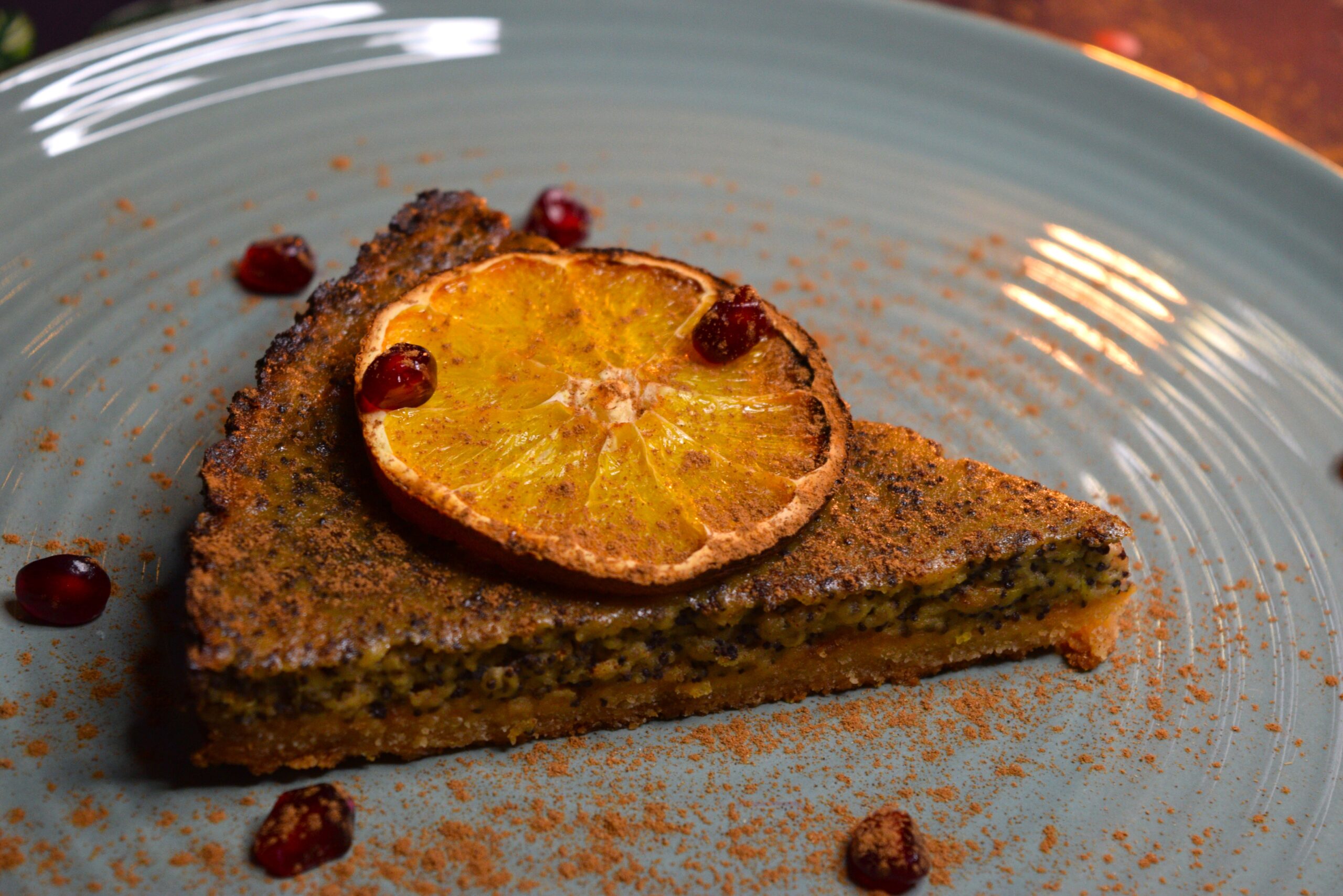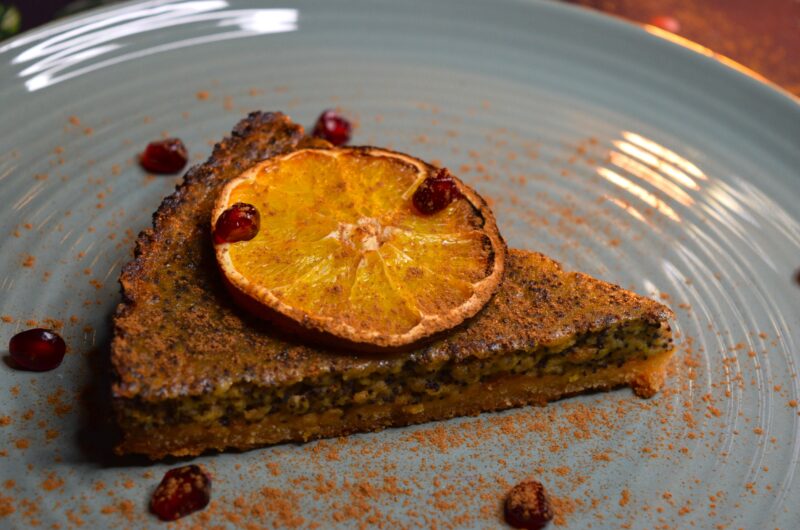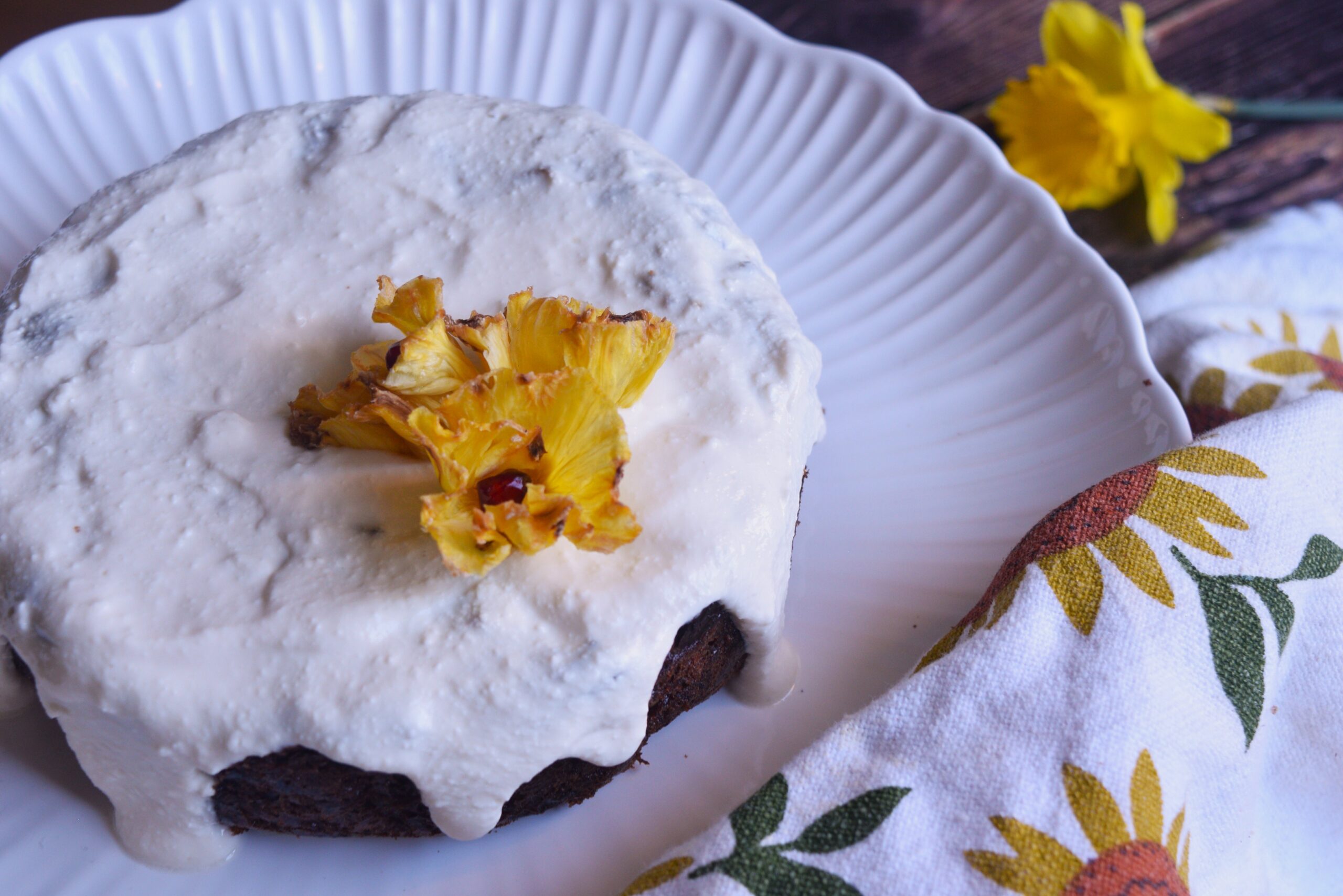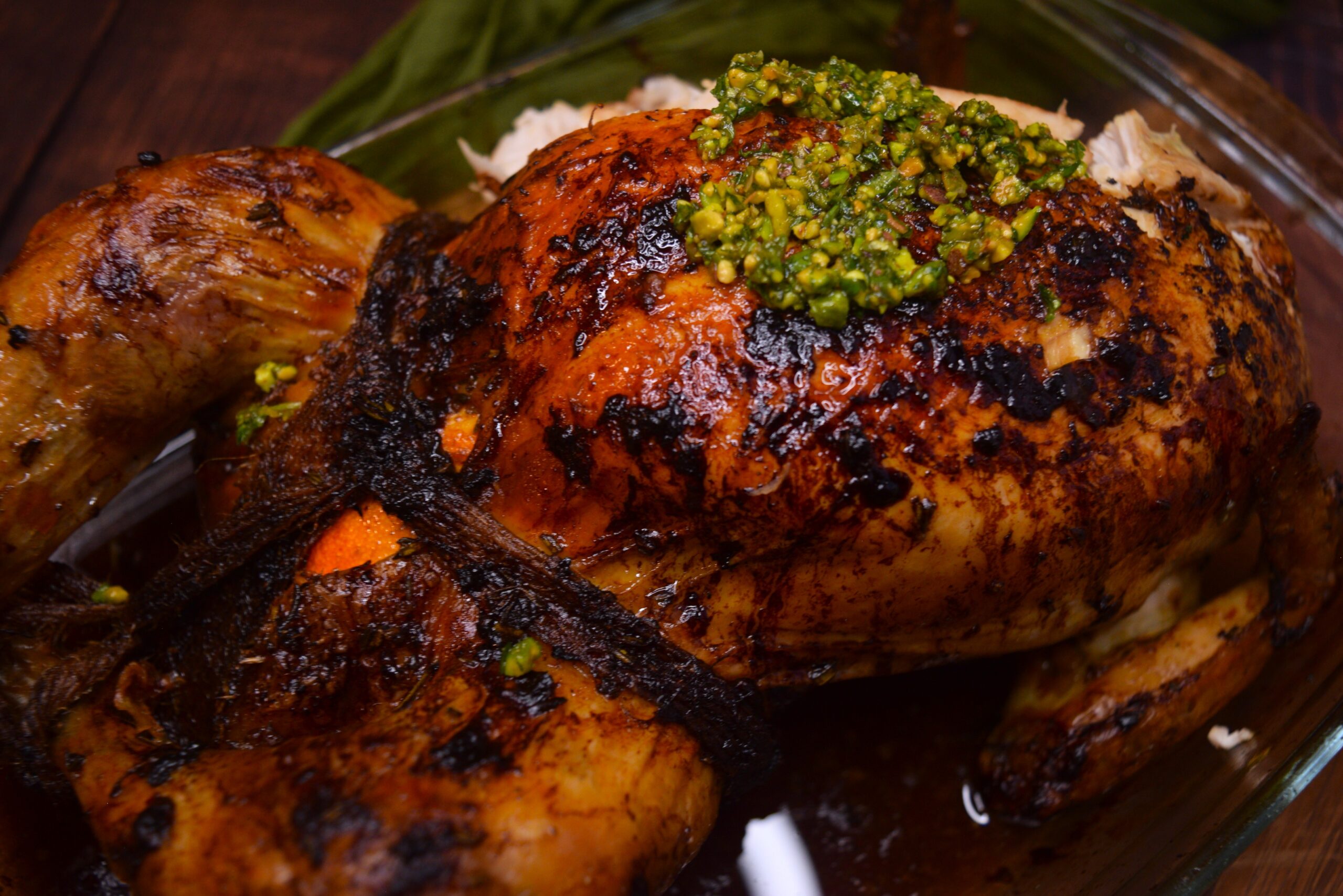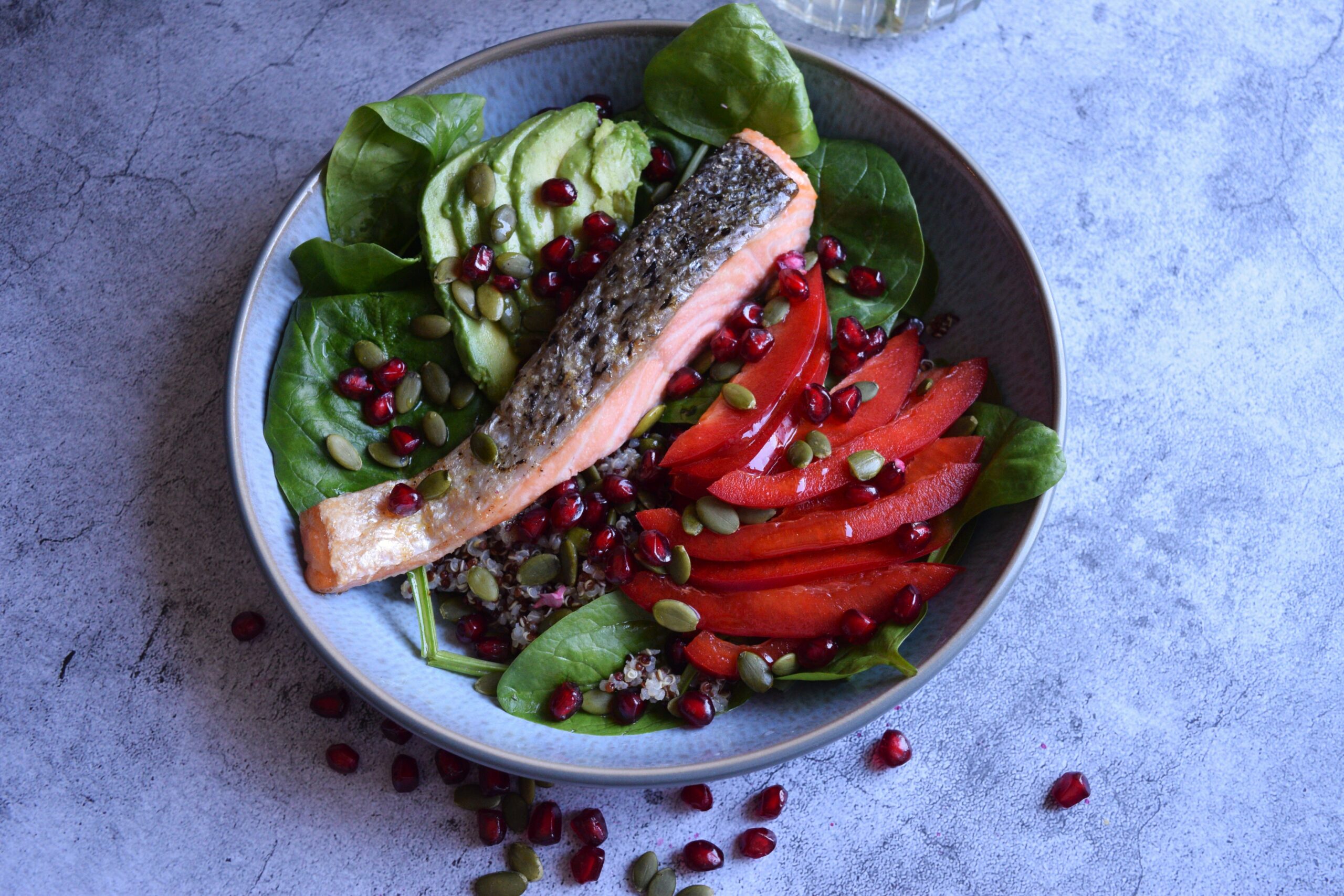The countdown to Christmas is well underway, and there’s a cozy, festive spirit in the air! 🎄✨ If you’re looking for a delicious dessert that captures the bright, cheerful flavors of the season without the sugar overload, I’ve got just the recipe for you: a Healthy Orange Poppy Seed Pie.
This pie is a lighter, no-added-sugar alternative to traditional holiday desserts, perfect for those who want a sweet treat without compromising on health. Fresh oranges give it a zesty, citrusy kick, while poppy seeds add a delightful crunch that pairs beautifully with the season’s flavors. It’s a lovely dessert to serve at your holiday gatherings, and it’s guaranteed to bring some sunshine to even the gloomiest of winter days! 🌞🍊
Festive Orange Poppy Seed Pie🍊✨
Difficulty: Easy8
slices400
kcal1
hourIngredients
- For the Crust
1 1/2 cups almond flour
1/4 cup coconut flour
1/4 cup melted coconut oil
1 egg
1 teaspoon pure vanilla extract
A pinch of salt
- For the Filling
3 large oranges, juiced (about 1 cup of fresh juice)
Zest of 2 oranges
1/2 block creamed coconut
1 cup full-fat coconut cream
2 tablespoons chia seeds
1/4 cup poppy seeds
4 tablespoons maple syrup or date syrup (for a touch of natural sweetness)
1/2 teaspoon ground cinnamon
1 teaspoon pure vanilla extract
2 eggs
Directions
- Prepare the Crust
- Preheat your oven to 350°F (175°C).
- In a medium mixing bowl, combine the almond flour, coconut flour, melted coconut oil, egg, vanilla extract, and a pinch of salt. Mix until a dough forms.
- Press the dough evenly into the bottom and up the sides of a 9-inch pie dish. Use your fingers to ensure it’s evenly distributed and smooth.
- Bake the crust for 10-12 minutes, or until it’s lightly golden. Remove from the oven and let it cool while you prepare the filling.
- Make the Filling
- In a medium saucepan, combine the melted creamed coconut, fresh orange juice, orange zest, coconut milk, chia seeds, poppy seeds, cinnamon, and vanilla extract. Heat over medium heat, stirring occasionally.
- Add the maple syrup or date syrup for a hint of natural sweetness. Bring the mixture to a gentle simmer, letting it cook for 5-7 minutes until it begins to thicken.
- Remove from heat. If you’re using eggs, let the mixture cool slightly before whisking them in, one at a time.
- Pour the filling into the pre-baked pie crust.
- Bake the Pie
- Place the pie back in the oven and bake for 20-25 minutes, or until the filling is set and slightly golden on top.
- Remove from the oven and let it cool completely before serving. The filling will continue to firm up as it cools.
- Serve & Garnish
- Once cooled, slice and serve the pie as is or with a dollop of coconut whipped cream. Garnish with extra orange zest and a sprinkle of pomegranate seeds for a festive touch!
Recipe Video
Why Orange Poppy Seed Pie is Perfect for Christmas
This pie is a wonderful addition to any holiday table. The bright, citrusy notes of orange bring a refreshing twist to the winter season, while the subtle sweetness keeps it light and satisfying. It’s a dessert that’s both elegant and easy to make, and it’s sure to impress your guests without any added sugar! Plus, it’s naturally gluten-free and can also be made vegan (substituting eggs for ground flaxseed or cornstarch), making it a great option for a variety of dietary preferences.
Tips for a Festive Twist
- For Extra Citrus Flavor: Add a splash of lemon juice or a dash of orange blossom water to the filling.
- Top It Off: Decorate the pie with thin slices of dried oranges or a handful of pomegranate seeds for a festive presentation.
- Warm Spices: Feel free to add a pinch of ground ginger or cardamom to the filling for a warmer, spiced flavor that pairs beautifully with the citrus.
Pairing Suggestions
This pie is best enjoyed with a cup of warm tea or a spiced mulled wine. For a cozy, comforting combination, serve it alongside a hot cup of cinnamon chai or a festive herbal tea blend. It’s a perfect ending to a holiday meal or a sweet treat to enjoy by the fire on a chilly evening.
A Healthy Holiday Dessert
As we get closer to Christmas, it’s all about enjoying the flavors of the season without overindulging. This Orange Poppy Seed Pie is a delightful way to satisfy your sweet tooth while still keeping things light and wholesome. I hope it brings a little sunshine to your holiday celebrations! 🌟
Happy baking, and may your holidays be merry, bright, and delicious! 🎄
Nutrition Facts
8 servings per container
- Amount Per ServingCalories400
- % Daily Value *
- Total Fat
35g
54%
- Saturated Fat 19g 95%
- Total Carbohydrate
22g
8%
- Dietary Fiber 7g 29%
- Sugars 11g
- Protein 18g 36%
* The % Daily Value tells you how much a nutrient in a serving of food contributes to a daily diet. 2,000 calories a day is used for general nutrition advice.

